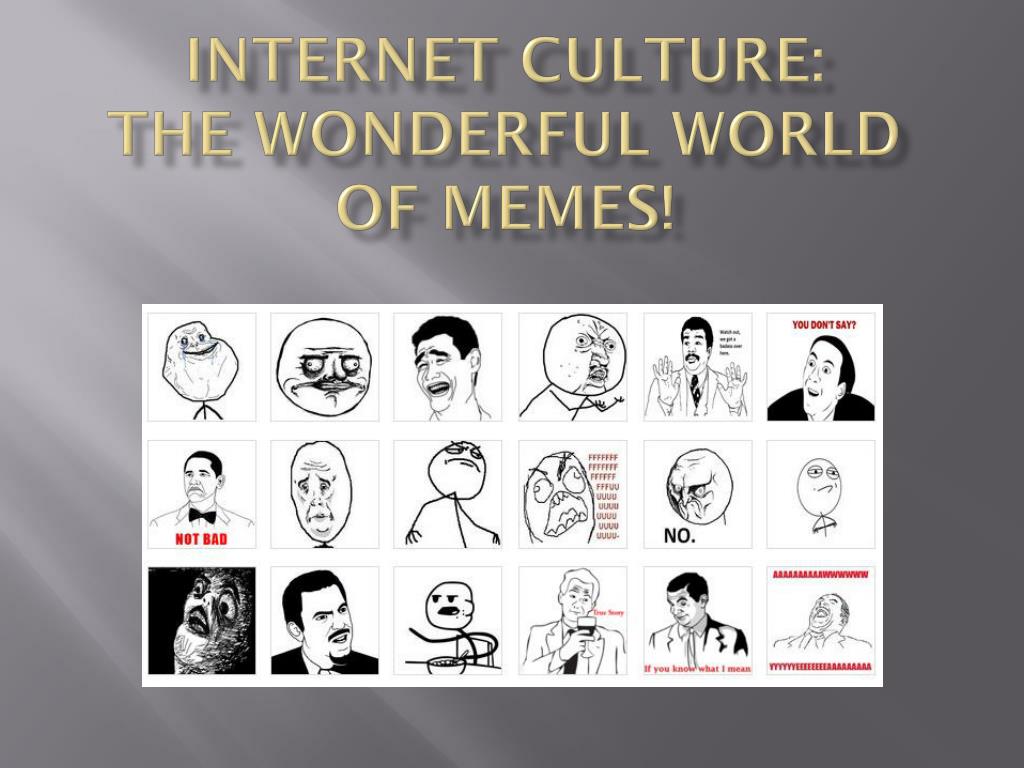Introduction In the chaotic and fast-paced universe of the internet, communication has evolved into something far more visual and immediate than trad
Introduction
In the chaotic and fast-paced universe of the internet, communication has evolved into something far more visual and immediate than traditional text. At the center of this transformation stands a peculiar, fascinating phenomenon: meme faces. Whether you’ve rolled your eyes at the Trollface or smirked at the latest Wojak variation, meme faces have become symbols of modern humor, identity, and emotion.
More than just funny pictures, meme faces are a digital language that reflects who we are, what we feel, and how we connect with one another online. This article explores how meme faces became the shorthand of internet culture, how they’ve evolved with time, and why they continue to play a pivotal role in shaping online conversations and communities.
Must visit: trustedhealthcare

The Rise of the Digital Expression
The early days of the internet were text-heavy, emotionless, and dry. But humans are visual creatures, and we’ve always sought ways to express feelings, reactions, and thoughts quickly. This gave rise to emojis, emoticons, and eventually, meme faces—the exaggerated, often ridiculous expressions that tell a story in a single frame.
Around 2008, meme faces took the form of rage comics—simple black-and-white panels made with Microsoft Paint or similar programs. These comics revolved around daily annoyances, petty victories, and universal truths told through recurring characters like:
- Trollface – The mischievous troublemaker.
- Forever Alone – The epitome of social awkwardness and loneliness.
- Y U NO Guy – Demanding answers with confusion and urgency.
- Me Gusta – That creepy little smirk for guilty pleasures.
- FUUUU Guy – Unleashing primal rage.
These characters exploded across platforms like 4chan, Reddit, and Tumblr. Without any animation or color, they conveyed so much emotion that users didn’t need context to understand them. They spoke a language anyone could understand: human feeling.
Why Meme Faces Worked
The genius behind meme faces lies in relatability and visual storytelling.
1. Emotional Precision
Meme faces are emotional caricatures. Their expressions are so exaggerated that they pierce through language and cultural barriers. You don’t have to speak English to understand the “Okay Guy” face or the cringe-worthy “Are You Kidding Me?” meme. The emotion is universal.
2. Speed and Clarity
In a world of short attention spans, meme faces convey meaning at a glance. A single face can communicate sarcasm, pain, smugness, or confusion in an instant—faster than any paragraph could.
3. Creative Freedom
The internet embraced meme faces because anyone could use them. You didn’t need to be an artist. Just grab the face, slap on some text, and boom—you had a story, a joke, or a mini-rant that was instantly shareable.
The Evolution: From Paint to Pixels
Meme faces didn’t stay static. As online culture matured, so did its memes.
1. From Rage Comics to Reaction Faces
By 2013, the simplistic rage faces started giving way to reaction images—real-life facial expressions taken from videos, movies, or candid photos. These offered more emotional nuance and visual realism.
Examples include:
- Crying Michael Jordan – Used to show disappointment or defeat.
- Woman Yelling at a Cat – Symbolizing absurd arguments and chaos.
- Disaster Girl – Smiling as everything burns in the background.
- Side-Eye Chloe – Expressing disbelief or discomfort.
These new meme faces gave creators access to a wider emotional palette while staying firmly rooted in relatability and humor.
2. Wojak and the Rise of Narrative Meme Faces
Starting around 2016, meme faces began to evolve from reactions into characters with backstories, philosophies, and archetypes. The most notable of these is Wojak, also known as the “Feels Guy.”
Wojak’s variations gave us a way to discuss deeper feelings:
- Doomer – Nihilistic and depressed, often cynical about life.
- Boomer – Out-of-touch older person with outdated opinions.
- Zoomer – Young, disconnected, overwhelmed by technology.
- NPC (Non-Playable Character) – Representing blind conformity.
These meme faces became tools for expressing existential angst, generational divides, and social commentary, all with minimal text and a single recognizable expression.
Meme Faces and Identity
Meme faces aren’t just funny—they’re mirrors of identity in the digital age. People don’t just share memes because they’re humorous; they share them because they see themselves in them.
- A stressed student might post a Wojak Doomer face during finals week.
- A cynical employee may meme themselves as NPC.
- A Gen Z user might jokingly identify as “Chad” to mock superficial confidence.
This practice creates a sense of belonging. By choosing a meme face, you’re aligning yourself with a digital tribe. It’s a way to say, “This is me,” without explaining further.
The Power of Meme Face Archetypes
Just like folklore and literature, meme faces reflect recurring archetypes:
- The Trickster (Trollface) – Causes chaos, laughs at confusion.
- The Hero (Giga Chad) – Unstoppable, confident, often ironic.
- The Outcast (Forever Alone/Wojak) – Represents alienation.
- The Sage (Yes Chad) – Enlightened, confident in truth.
These archetypes resonate deeply because they reflect real human experiences—our frustrations, desires, fears, and triumphs—through a digital lens.
The Role of Platforms in Meme Face Culture
Different platforms have shaped how meme faces evolve and spread.
A major launchpad for meme trends. Subreddits like r/memes and r/dankmemes helped refine meme face formats and gave rise to unique variants.
Twitter/X
Twitter accelerated virality through fast sharing. Short posts with meme faces could explode in minutes, often tied to trending topics.
Here, meme faces often merge with pop culture, fashion aesthetics, and influencer branding. Meme pages give faces new contexts—often ironic or absurd.
TikTok
Memes on TikTok go beyond images—they become moving expressions. Face filters, AI-enhanced expressions, and skits revive meme faces in dynamic new formats.
Meme Faces in Education and Politics
Surprisingly, meme faces have also found a home in education, activism, and political discourse.
- Teachers use meme faces to make lessons more engaging or humorous.
- Activists use them to spread messages in a digestible, shareable format.
- Political memes use Wojak and NPC variants to mock ideologies or highlight contradictions.
Because they’re so easy to understand, meme faces cut through complexity and deliver clear, emotional messages, making them powerful tools in modern discourse.
The Commercialization of Meme Faces
Brands and marketers have also jumped on the meme face bandwagon. While authenticity is crucial in meme culture, some companies manage to use meme faces without alienating audiences.
- Fast food chains create “relatable” content using reaction faces.
- Tech brands meme their own features using Wojak formats.
- Influencers create personal memes with their own expressions, becoming meme faces themselves.
However, over-commercialization can backfire. The community often rejects brands that try too hard to be “relatable” or hijack memes without understanding their cultural significance.
The Future of Meme Faces
As the internet changes, meme faces will adapt—but their core purpose will remain: to make people feel something quickly, visually, and powerfully.
1. AI-Generated Meme Faces
Tools like DALL·E and other generative AIs can now create entirely new meme faces based on specific emotions, situations, or aesthetics. This expands the meme face universe exponentially.
2. 3D and Animated Faces
As AR and VR become more popular, meme faces will likely become animated stickers, avatars, or holograms that express feelings in real-time.
3. Deep Personalization
Apps may soon scan your own face and generate memes based on your expressions. Your cringe face from a Zoom call? A meme waiting to happen.
FAQs
Q1: What makes a meme face successful?
A successful meme face is simple, expressive, and instantly recognizable. It must evoke emotion quickly and be flexible enough to work in many contexts.
Q2: Are meme faces copyrighted?
Some are, especially those created by known artists like Trollface. However, many exist in a legal gray area due to mass sharing and remix culture.
Q3: Can I make money with meme faces?
Yes, if you’re creating original content (memes, art, or digital products) using meme faces, especially personalized or AI-generated ones. Just avoid infringing on protected IPs.
Q4: Why do Wojak faces appear in so many meme styles?
Wojak is incredibly versatile and emotionally neutral by design. Artists can adapt it into nearly any emotional or philosophical archetype.
Q5: Will meme faces ever die out?
Unlikely. They may change format—moving to AR, AI, or real-time avatars—but the concept of visual emotional expression will always have a place in digital communication.
Conclusion
Meme faces are more than a joke—they’re a shared emotional vocabulary of the digital age. From the crude pixels of rage comics to the expressive realism of Wojak and beyond, these faces have documented our frustrations, hopes, laughs, and fears in ways that words often can’t.
As technology evolves, so will meme faces—but their role as mirrors of human emotion, humor, and connection is eternal. They are the emojis of deeper meaning, the icons of our age, and the faces we wear when we can’t find the right words.




COMMENTS